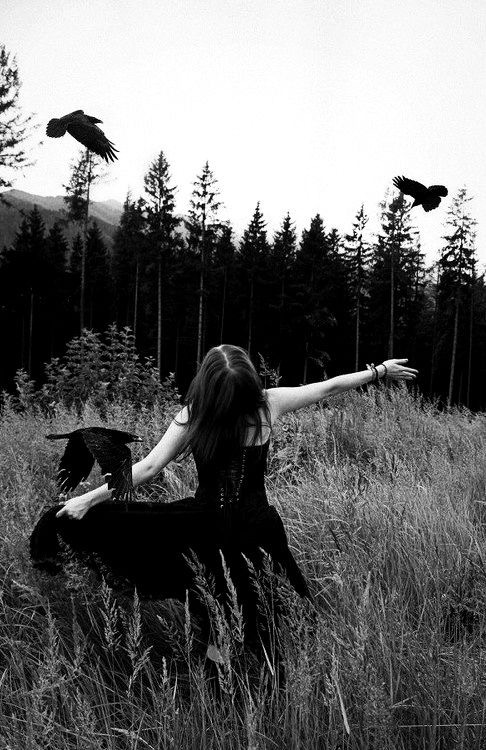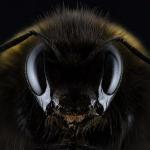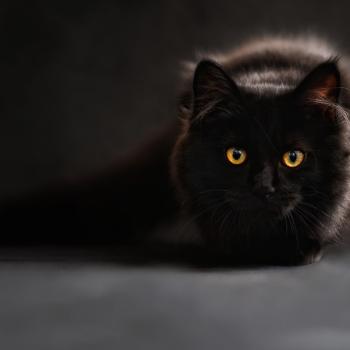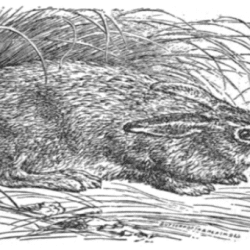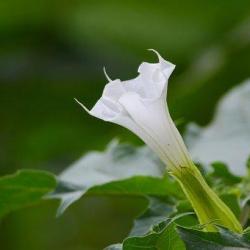The word “Wyrd” is an magickal word indeed. For I have found both in research, and my own personal experiences, that this word has many a magickal meaning… especially to a witch.

Wyrd is a word of times gone by, at least to the modern English speaking tongue. Wyrd is an Old English word, the Germanic being “Wurðiz,” in essence both meaning coming to pass, or to become. In Anglo Saxon, as well as the Norse and Germanic mythology being known as one’s fate, or destiny.
In Norse folklore this fate or destiny being determined by the Norns, (pronounced as “norms,” or Old Norse “Nornir”). Very powerful, cunning wise women, entities who’s magickal abilities where far more powerful than the gods themselves. For even the gods where subjected to the cosmic fates of these Wyrd Sisters. Urd or Old Norse Urðr, meaning the past, Verdandi or Verðandi, “what is,” and Skuld, “what shall come to be.” These powerful creatures residing in the tree of Yggdrasil, a magickal tree within the core of the cosmos.
There are those who choose to work with these Wyrd Sisters, they themselves becoming…the weavers of fate. The Seidr, a form of old Norse sorcery and magick that aids the magickal worker in foreseeing, and a way to symbolically weave the upcoming events of their lives. With their distaff in hand, weaving themselves into an estatic trance to the otherworlds.
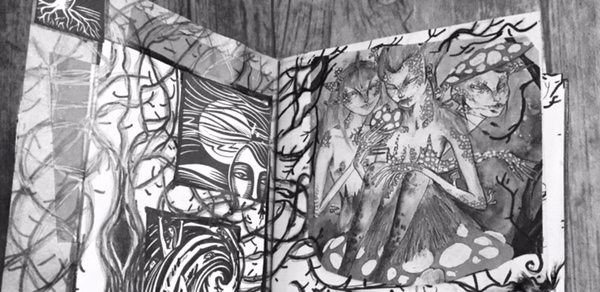
But there is more to “weird / wyrd” than that. We have the Weird Sisters, or Wayward Sisters, the three witches of William Shakespeare’s Mabeth from 1603. These three crones being magickally entwined with the Sisters of Wyrd. From there we travel a more crooked path, to the Weird Sisters of the plant world. These sisters being known plants of the witches, belladonna, datura, henbane, and of course, mandrake. The poisionous plant spirits used in witches flying ointments, and magickal workings. I feel that these plants are in themselves weavers of fate. For they are at least to me, plants of Saturn, capable of being very dark, unpredictable, wild, and even deadly. This has never seemed to bother the witch though, witches having an undeniable magickal connection to these enchanting plant spirits, as well as a true love and admiration for these plants of the solanaceae.
Which brings me to my final connection of weird and the witch. That simply being the fact that let’s face it, (and I’m confident I’m not gonna blow any minds here), witches are considered by most… weird. We embrace what others feel is odd, or unusual, even delighting in what some see as scary and dark. We dare to follow the poisioned path, work with spirits, and journey to realms most folks only read about. I have to admit my herbarium, as well as my plant and bone room complete with ancestorial altar, claws, feathers, and skulls of my familiars, just might not be in the average persons home…
So in conclusion, there are many ways of Wyrd/Weird in a witch, in mythology, in our folklore, and in our selves. This kinda of uniqueness, or weirdness per say is something in my eyes, worth celebration.
